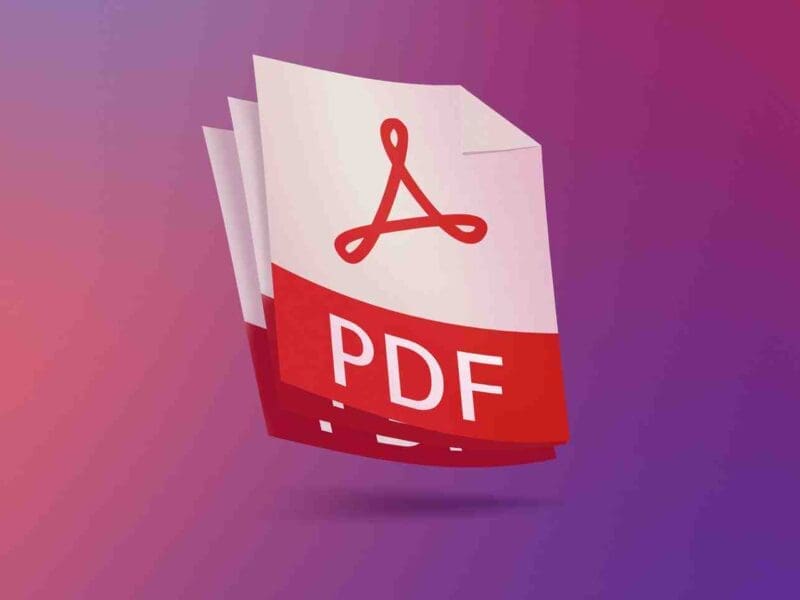
How to Find Alternatives to Popular Software
When using well-known software products, people can sometimes feel frustrated by high costs or functionality limitations. The desire is there for advanced features, but the budget may not match up. Thankfully, there are great alternatives out there for popular programs without necessarily sacrificing on power and capabilities. This guide will provide the key aspects to consider when searching for alternative software options.
Identifying Your Needs
When starting the search for alternative business software programs, clearly documenting specific needs and intended uses is important. Simply looking broadly for a “word processor” lacks the necessary detail that quality business tools require nowadays. Consider specifics like handling large documents, collaboration abilities with internal teams or external partners, and compatibility with certain file formats used across the organization.
The right business software bolsters productivity, efficiency, and insight generation when properly matched to operational goals. Reflect thoroughly on previous experiences with existing or legacy software to fully identify must-have capabilities that positively impact operations. Also note any likes, dislikes or recurring issues that alternatives should either replicate or outright avoid.
Document these details around feature needs and business objectives. These will assist in narrowing down the options by giving tangible, objective criteria that potential replacements can be evaluated against during a methodical selection process.
Deciding Budget Constraints
Budget plays a significant limiting role in software selection. Having clear budget expectations from the start minimizes the likelihood of finding the perfect product that is then unattainable due to high cost. Consider both one-time purchases and ongoing monthly subscription fees.
The category of free software should also not be overlooked in reviewing budget constraints. Many developers offer free product versions that may fully suffice for needs. Reputable free software can provide excellent capabilities akin to premium counterparts.
Exploring Online Resources
The online world holds a wealth of information when researching various software alternatives. Simple searches for “[software name] alternatives” can yield pages upon pages of suggestions. Tech blogs, user reviews on websites, specialized forums and communities may have detailed discussions comparing programs.
However, caution should be taken with online information to ensure reputability and accuracy of any data used to influence decisions. Stick to trustworthy, well-established sites and forums. As an example, a site like Rate Point compiles software reviews and ratings in easy-to-read comparative overviews.
Rate Point: An Overview
Understandably, sifting through all these online resources can seem overwhelming. Thankfully, platforms such as Rate Point can do most of the heavy lifting for you! Rate Point provides an overview of various software in a comparative manner, making it easy to discern the pros and cons at a glance.
The beauty of websites like this is the compilation of user reviews and rating categories which evaluate different aspects such as Ease of Use, Customer Support, and Features & Functionality. With such detailed analysis readily available, your task becomes less daunting.
Software Comparison Websites
Beyond Rate Point, there are many other software comparison websites that offer a wealth of information about thousands of software applications. These sites feature side by side comparisons on factors like pricing details, core features, and user ratings.
The advantage here is the visual summary which facilitates quick decision making. You can effortlessly scan through prospective alternatives and instantly eliminate any that fall short in key areas you’ve previously identified as crucial.
Free vs. Paid Alternatives
The debate of Free Alternatives vs. Paid Alternatives is often a hard one to settle. As mentioned earlier, your budget plays a significant role in deciding this. A free alternative packed with advertisements could be worse than actually purchasing more streamlined software. Additionally, paid software usually offers more advanced features and greater customization than free versions.
However, for others, a simple, ad-supported free version might fulfill their requirements just as well as a full-featured paid version. Again, choosing between free and paid wholly depends on your needs and constraints.
Importance of User Reviews
Most people read online reviews before making a purchase today. User reviews provide invaluable first-hand experiences when selecting between software alternatives. The direct feedback correlates closely with real-world product performance and reliability. Look for common themes – are many users facing the same problems or frequently praising particular features?
However, reviews serve more as general guidelines rather than definitive facts. The context of each user’s experience varies. While extremely helpful for identifying patterns, reviews should be supplemented with additional personal research to confirm performance meets individual needs. Keep an open and discerning perspective when evaluating user feedback. Let the crowdsourced wisdom guide, but still explore independently.
Demo and Trial Versions
Did you know many software companies offer demo or trial versions of their products? It’s a great way to get hands-on experience with potential alternatives. Use this opportunity to explore the functionality, user interface, speed, and overall ease of use. Evaluate if it fits your workflow smoothly or if it causes additional hassles.
While trying out the demo or trial version, also take into account system requirements. Will it work efficiently on the platform you have (like Windows or Mac)? Will it require additional hardware resources? This information can be critical in making your decision.
Outsourcing Software Development
When outsourcing software development, clearly laying out must-have features during the research process greatly assists in evaluating viable programs. One should stick to the outlined priorities rather than getting caught up in non-essential bells and whistles that sound nice but may bloat functionality.
It is advisable to cross check listed capabilities against documented needs and eliminate options that don’t hit the core targets. Keeping the evaluation focused on pre-determined essentials streamlines decision making on software vendors.
Finding Open Source Options
If budget constraints are really tight, you might want to explore open source software. These are developed by talented and enthusiastic volunteers who believe in the power of shared knowledge and collaboration. Open-source projects can be downloaded and used for free, offering a viable alternative to paid software.
While using open-source software may require slightly more technical know-how, these come with robust communities that provide tutorials, documentation, and forums to guide users through any encountered difficulties.
Vetting Customer Support
A factor often overlooked when deciding on a software alternative is customer support. Good customer support response times can be worth their weight in gold in crunch times. Research if the software company offers 24/7 support or if there are specific operating hours.
Consider also the variety of customer support methods that they offer – email, live chat, phone consultation. The option for immediate assistance often proves beneficial in solving small issues quickly without halting your work routine.
Verifying Compatibility Issues
Another issue you’ll want to look into is compatibility. Does the alternative work with existing applications or hardware? For instance, if you use Apple products primarily, you’ll need software that works seamlessly on Mac, iPhone or iPad.
Avoid potentially frustrating situations by taking time at this stage and examining how well the potential alternatives interact with the rest of your tech ecosystem. This evaluation can save you many headaches down the road.
The Conclusion
Finding alternatives to popular software doesn’t have to be a challenge with this guide. It’s all about understanding your needs, researching diligently, and not being afraid to try before you buy. While there may be potential hassles in transitioning, these can be mitigated with proper planning.
Use the wealth of online resources available to find the best alternative that ticks your boxes, aligns with your budget, and enhances your productivity without any compromise.







